Wearing Your Fitbit On Your Ankle
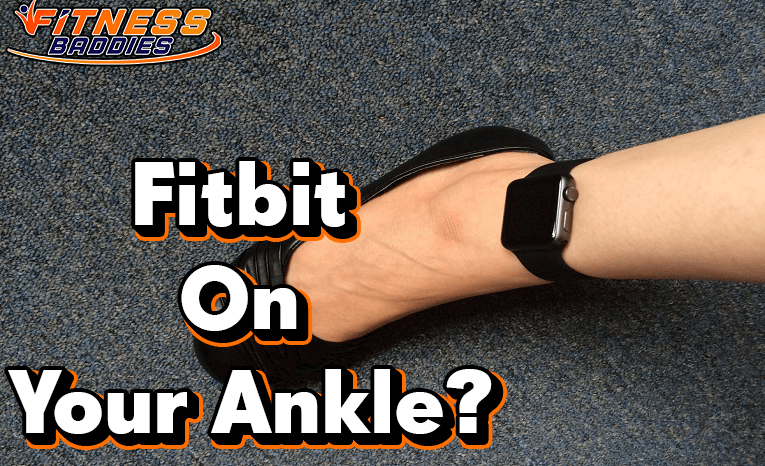
If you’ve got an activity tracker, the thought of wearing it on your ankle may have crossed your mind. But is this advisable?
I did some research, and have more information than you could ever want to know about this subject. While they’re not designed for ankle use, most functions will work.
There are benefits to wearing your Fitbit on your ankle, as well as a few disadvantages.
Will Your Fitbit Work Effectively On Your Ankle?
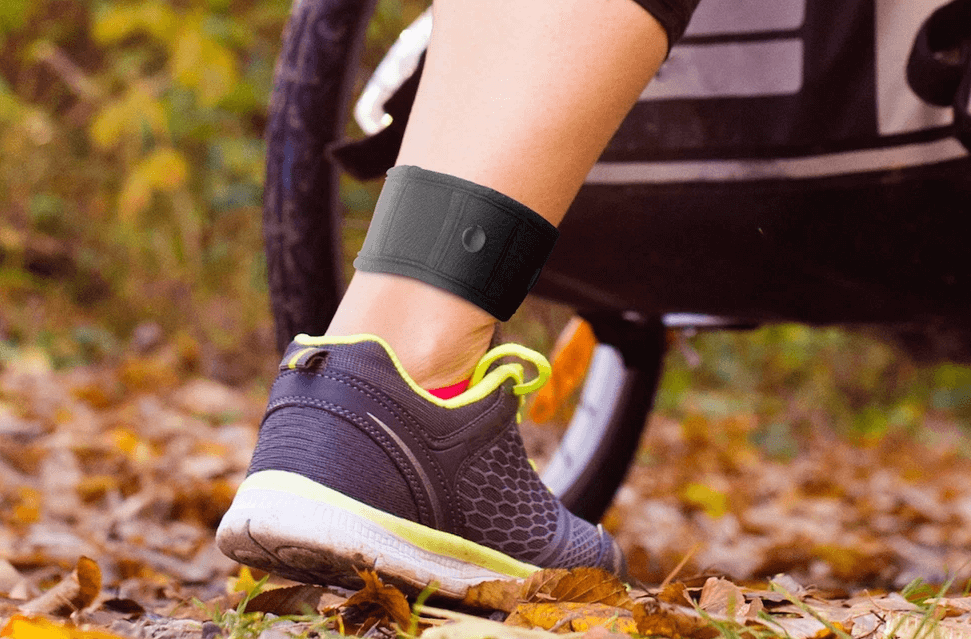
This is the most important question! The answer, is, not really..
Fitbit developed all of its proprietary activity tracking software and programs to work when worn on the wrist. Fitbit has done no development or testing for an activity tracker that is designed to work specifically on your ankle. So no matter what kind of Fitbit you have, it won’t work on your ankle.
While you may get some of the readings accurately, like the number of steps, you will not be able to monitor things like heart rate, oxygen levels, pretty much every other feature that Fitbits are used for, so yeah It won’t give these accurate metrics necessary to measure your fitness level.
For your oxygen levels and heart rate, your Fitbit is calibrated to work by monitoring the visible veins on your wrist. By putting your Fitbit on your ankle, you are not giving it easy access to the areas of your body it needs to accurately track your vitals.
So overall, a Fitbit will not be terribly effective when worn on your ankle.
You might think that it would be helpful for counting steps, but this is not the case. The Fitbits are designed to track steps through arm movement. Putting them closer to the ground, and on a different body part altogether means that the years of research and development Fitbit put into their product is no longer correctly calibrated.
Not to mention, you will also be losing most of the crucial data that you should be getting when doing cardio after your workout.
Are All Fitbits Designed For Your Wrist?

Yes. Out of every model of Fitbit currently or previously available on the market, there are none that are specifically designed to work when worn on your ankle. Fitbit did release a clip system for their Inspire line of activity trackers, but these are not for ankle use either.
Because each and every Fitbit on the market was tested and designed to work on your wrist, you will not get accurate readings for most of the features the Fitbit offers if you put in on your ankle. I tired it when I was doing the 100 jumping jacks a day challenge, even tried getting metrics to figure out how long I should run on a treadmill, and it was pretty useless.
If I Don’t Care About Heart Rate And Oxygen Levels, Is There A Way To Wear It On My Ankle?

Despite Fitbit not recommending wearing your Fitbit on your ankle, there are quite a few companies that make ankle adapters for Fitbits specifically! There is a growing trend online of people purchasing these products and reporting accurate readings for step counts and floors.
So while it is not recommended by the manufacturer, people have had good luck with getting proper step counts and floor counts while wearing their Fitbits on their ankles. But personally, I wouldn’t want to miss a bit of information out of my workout, not after splurging quite a fair amount of money on a cardio machine, and dedicating several hours towards my exercise.
To be clear, no one has figured out a way to have your Fitbit give accurate biometric readings while being worn on your ankle. If you don’t mind giving up half the functionality of your activity tracker (may be if you have a calorie-tracking app like Samsung health, MyFitness Pal or the likes of Lose It! app and premium) and all you want out of a fitbit is the step count, then I’d say go head on over to amazon and get yourself a Fitbit ankle strap.
There are quite a few options!
So, Should You Wear Your Fitbit On Your Ankle?
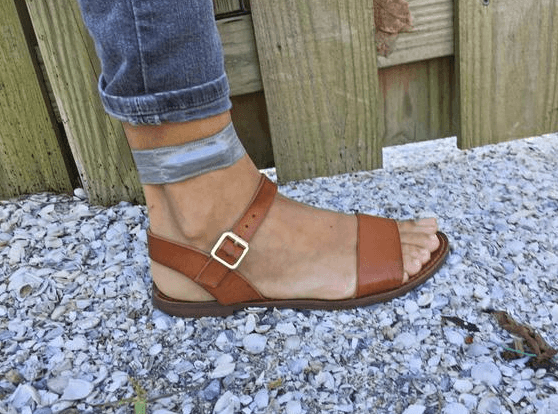
As I mentioned before, there are advantages and disadvantages to doing so.
Pros of wearing Fitbit on ankle:
- Keeping your wrists free
- Can get more accurate step counts on compact exercise machines like rowers, stair masters, and such machines as the stamina in-motion elliptical
Cons of wearing Fitbit on ankle:
- Fitbits activity tracking software is only tested on wrists
- You completely lose ability to track oxygen levels, heart rate, and sleep stages
- You will have a hard time checking your Fitbit for information or time
What it really comes down to is whether or not you can handle wearing something on your wrist all day. If you absolutely hate wearing anything on your wrist, and want a Fitbit to count your steps, then wearing your Fitbit on your ankle might be a good option for you.
If you want access to all of the activity tracking technology a Fitbit offers, you will need to keep it on your wrist.
How Do You Wear A Fitbit On Your Ankle?
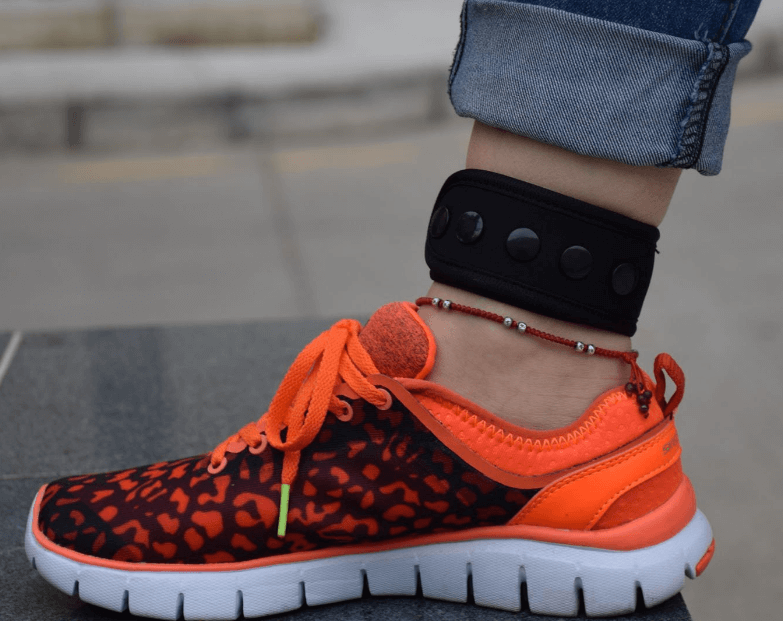
So, if you’ve gotten this far, and are determined to wear your Fitbit on your ankle despite the drawbacks, there’s good news.
Wearing a Fitbit on your ankle is very easy to do!
Some people have found luck with larger wrist straps working directly on their ankles.
If you have larger ankles, and a smaller wrist strap, all you have to do is go on Amazon and search for “Fitbit ankle strap”. You will find hundreds of options to pick from.
All of them will let you easily relocate your Fitbit to your ankle!
Can You Wear A Fitbit On Your Ankle For More Accurate Cycling Results?
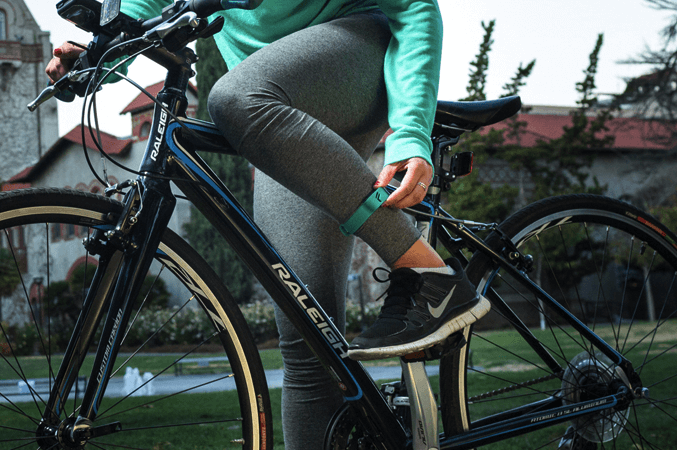
This is one of the areas that may draw people towards wearing a Fitbit on their ankles in the first place. When you wear a Fitbit while you cycle, it does not count steps because your hands and wrists are stationary.
While you can move the Fitbit to your ankle to try to get a step count, you will lose heart rate monitoring (which is especially essential for tracking your cardiorespiratory fitness), calories burned, and oxygen levels. I’d argue this information is more important than tracking your steps.
If you can track your calories burned, there’s not much reason to worry about step counts. After all, step counting is mainly done as a way to ensure you get enough movement during the day.
If you’re biking (whether outdoors or on a foldable exercise bike with backrest right in your backyard gym shed), you’re probably doing fine!
My Personal Experience Wearing My Fitbit On My Ankle
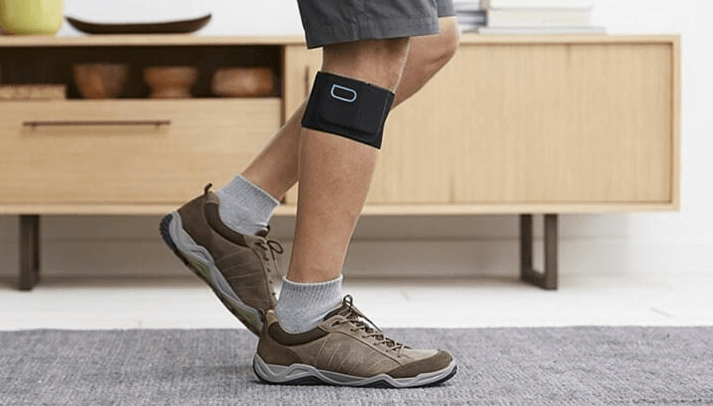
I figure if I was going to write this article, I’d better prepare and do my own personal testing. While what you’ve already read is a preview of that, let me give you my experience!
I was able to use a hair tie to strap my Fitbit to my ankle appropriately. I have a Charge 4 and wanted to see which functions would work when worn on my ankle.
I don’t have a way of counting my steps without my Fitbit, but I wore it on my ankle on a day when I went about my usual workweek routine. I have a good sense of how many steps I take on a normal day and used that as a comparison.
To my surprise, the step count was pretty accurate. So accurate in fact, that I can’t tell if the slight difference from my normal numbers was due to a change in routine, or just slight inaccuracy from wearing my Fitbit on my ankle.
Other than step count, however, my Charge 4 was not able to report on oxygen levels, skin temperature, calories burned, or heart rate. Although it was right up against my skin, it was not able to record skin temp or heart rate.
I found this somewhat weird, but after looking into it more, the Fitbit is designed to monitor these stats through your veins. I tried setting the sensor directly over an ankle vein, but it did not work. No matter how I positioned my Charge 4, I could not get it to read out anything but step count. And as I mentioned before, this was exactly the case when I put my fitbit to the test to figure out the amount of calories burned during my jumping jacks workout.
If you have a Fitbit that does not track heart rate, and you are only looking for step count tracking, an ankle strap can work. As mentioned above, it can be better to wear an ankle strap for your Fitbit if you are using a stationary bike or an elliptical, or pushing a stroller.
For each of these activities, your Fitbit will not pick up your steps accurately as your wrists are not moving back and forth as they do during running workouts or when simply walking around the house or in the office. If all you care about is step counting, and are doing one of these exercises, give it a shot!
For Best Results, Wear Your Fitbit On Your Wrist
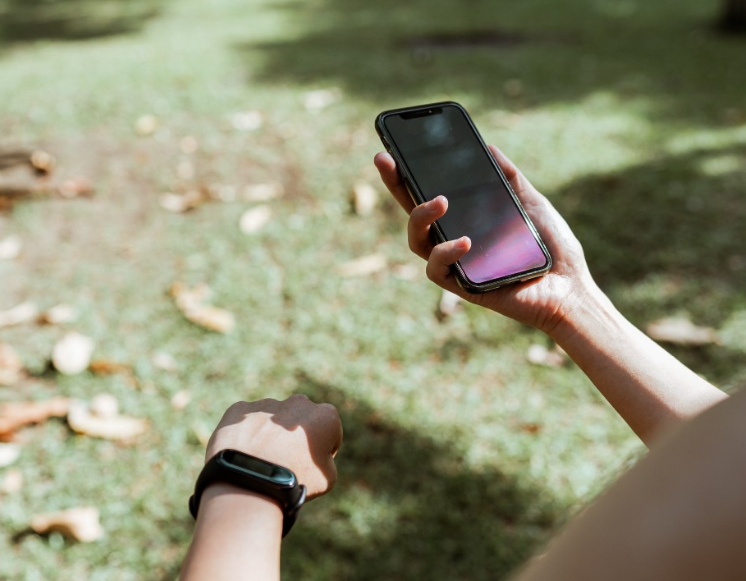
It really comes down to the fact that Fitbit designed its products to be worn on the wrist. All of their time and effort was spent making a product that would accurately track your biometric data when used on your wrist.
Taking it off of your wrist and putting it on your ankle, is similar to wearing shoes on your hands. Sure, you could, but the shoemakers spent all of their time developing a shoe that fits on your foot.
If you wanted shoes for your hands, you’d simply buy gloves; after all, it just so happens that you sometimes need a pair anyway.
Are There Any Companies That Make An Activity Tracker For Your Ankle?
![]()
Really the only fitness tracker available on the market today that was designed specifically for ankle use is the Moov Now Ankle Fitness Tracker.
Moov developed this fitness tracker to detect where on your body it is located. They claim it can be worn on both your wrist and ankle for the same results.
If you know for a fact you’re going to be wearing an activity tracker on your ankle, I’d highly recommend going for the Moov Now activity tracker.
Related Readings:
- I Tried 100 Pushups 100 Sit-ups 100 Squats for 30 Days – Here Are The Results
- Tips & Strategies I Used to Stop Eating Sugar
- Does Exercise Increase Metabolism? Yes. According to Science
- Can Stretching Make You Taller?
- I Did Squats Every Day for 3 Months – Here Is My Results
- The Best Workouts & Exercises for Teenage Girls (As Backed By Science!)


